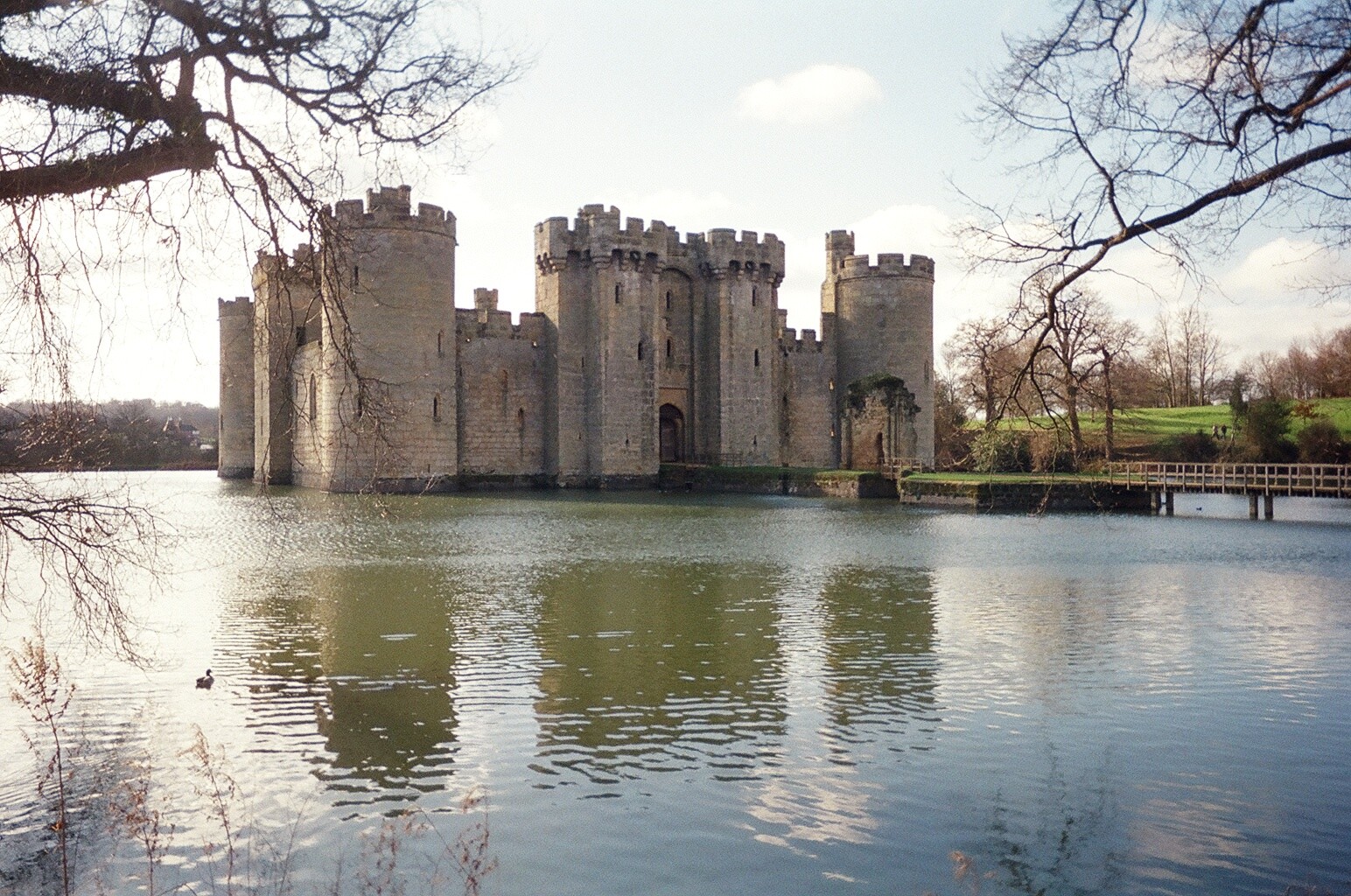Entry #9 Thurs. 7/23
will complete by midnight tonight.
 St. Tromine -- Arles, France -- 1170
St. Tromine -- Arles, France -- 1170

 Michelangelo (Orange, personal favorite) -- Leornardo (Blue) -- Donatello (Purple) -- Raphael (Red)
Michelangelo (Orange, personal favorite) -- Leornardo (Blue) -- Donatello (Purple) -- Raphael (Red)
 The Dark Ages. We merely mentioned it in class. Since I am a "Monty Python and the Holy Grail" fan, we have to look deeper. There are many castles that make appearances in the film made in 1975 by the absurdly hilarious brits, John Cleese, Eric Idle, et. al. In the "Tale of Sir Lancelot" segment, a king and his castle are depicted at the real-life Bodiam Castle in Kent.
The Dark Ages. We merely mentioned it in class. Since I am a "Monty Python and the Holy Grail" fan, we have to look deeper. There are many castles that make appearances in the film made in 1975 by the absurdly hilarious brits, John Cleese, Eric Idle, et. al. In the "Tale of Sir Lancelot" segment, a king and his castle are depicted at the real-life Bodiam Castle in Kent.

| In this awesome Indy film, the "Temple of the Sun" is where the oh-so-sought-after Holy Grail is kept. This was the image I pictured in my head the instant I saw the rock cut temples of India in the slides during class. I guess you could say I daydream a bit, who doesn't. What's cool about the setting of this temple is that Spielberg depicted it to be cut from the cliff side of a crescent moon canyon. But in reality, this is not true. | "Temple of the Sun" - but really the "Al Khazneh"  |